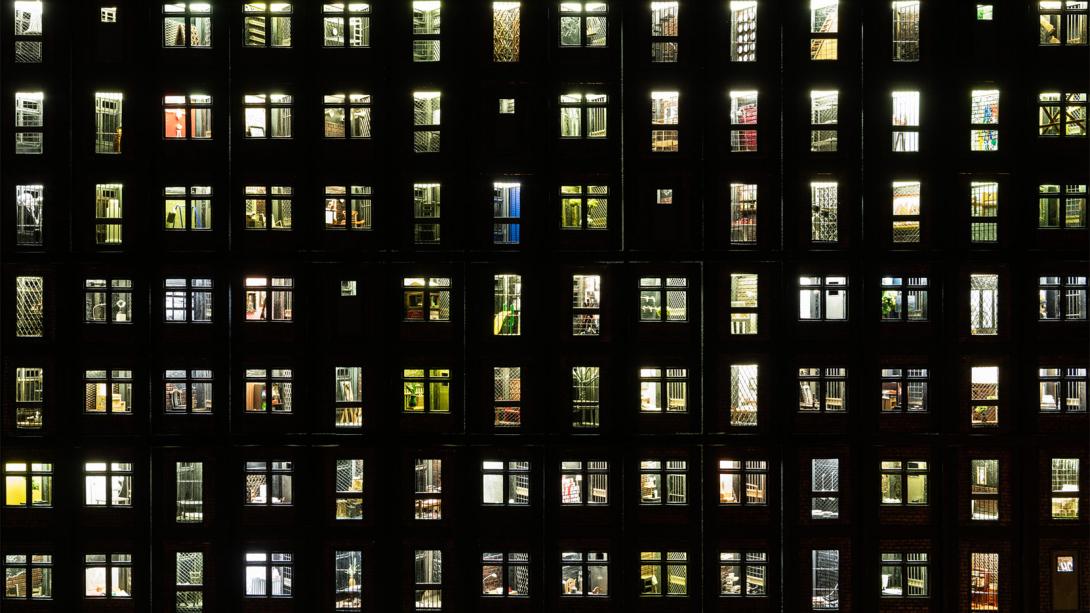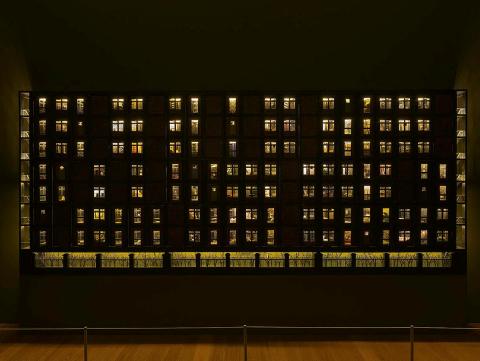Aditya Novali
APT9
Born 1978 Solo, Indonesia
Lives and works in Solo, Indonesia
Aditya Novali studied architecture and conceptual design before establishing himself as an artist. This training is evident in his sculptures, which often involve a complex level of production and use of commercial materials, balanced with a subversive humour. Themes of urban planning, construction and building recur across his practice. He is especially interested in creating works with an element of audience participation or engagement, perhaps a legacy of his training as a dalang cilik (child puppet master), a traditional Indonesian art form. This was evident in a body of paintings from 2010, known as Mooi In(Die), in which movable panels offered multiple viewpoints and combinations instead of a single, static canvas. Novali has also incorporated several dynamic, interactive elements in his meticulously constructed maquettes of apartment buildings in The Wall: Asian (Un)Real Estate Project, which comment on Indonesia’s lack of affordable, urban housing for low-income communities.

Aditya Novali / Indonesia b.1978 / The Wall: Asian Un(real) Estate Project 2018, installed for APT9 at GOMA / Plastic, cast, steel, zinc, brass, copper, wood, wooden board, fabric, LED light with adaptor, paint, cable, resin / Purchased with funds from Tim Fairfax AC through the QAGOMA Foundation 2018 / © Aditya Novali / Photograph: Natasha Harth, QAGOMA
Indonesia is the fourth most populous country in the world and its cities are the fastest developing in Asia. Aditya Novali’s The Wall: Asian (Un)Real Estate Project 2018 comments on the chronic housing shortage in Indonesia’s cities, and draws attention to the ways in which housing is intimately connected to our physical and emotional welfare.
Novali trained as a dalang cilik (child puppetmaster) from the age of seven, a demanding role in which he would take on the parts of all the characters in a play. At the same time, he would have to link jokes to an underlying message or ethical position for the audience to interpret. Novali now refers to Indonesian traditions in a more subtle way; however, the rotatable elements of The Wall recall the audience participation from his childhood role. With a slice-through view of a high-rise apartment building, viewers are able to scroll through different environments revealing internal living spaces, a brick wall, and the metal bars of a prison cell. Novali’s work affords viewers glimpses of personal urban spaces, presented in miniature with a touch of subversive humour. According to the artist: ‘For me, a building is not just about building; it’s a complex system of life which can also be seen from different perspectives’.

